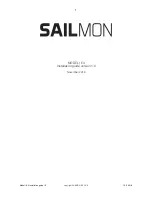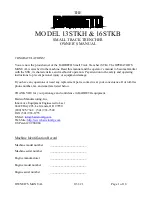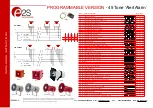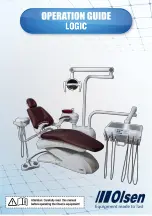
Document No.ZL-OM01001
- 26 -
Flow Characteristics Curve
■
How to read the flow characteristics curves of ejector
The flow characteristics curve shows the relationship
between the vacuum pressure and the suction flow of
the ejector/vacuum pump system. It shows that the
vacuum pressure changes when the suction flow
changes.
Generally, the curve shows the relationship at the
standard supply pressure of the ejector. In the graph on
the right, Pmax means the maximum vacuum pressure
and Qmax means the maximum suction flow.
The value shown in this graph is what is shown in this operation manual and the catalogs as the specifications.
The change of vacuum pressure is explained in sequence as follows.
1) When the vacuum port (V) is closed, the suction flow will be “0” and the vacuum pressure will reach its
maximum (Pmax).
2) When the vacuum port (V) is opened gradually, air will flow. (If there is bleeding air, the suction flow will
increase, but the vacuum pressure will decrease.): [State of P1
– Q1]
3) If the vacuum port (V) is opened fully, the suction flow will reach its maximum (Qmax), but the vacuum
pressure will bec
ome almost ”0” (atmospheric pressure).
As described above, the vacuum pressure changes when the suction flow changes.
Converting this to the adsorption state of the workpiece, the vacuum pressure reaches its maximum when the
pad and the piping on the vacuum port (V) have no leakage. Vacuum pressure decreases when there is a lot
of leakage when adsorbing a workpiece. When the amount of leakage and the maximum suction flow are
equal, the vacuum pressure becomes almost “0”, and it fails to adsorb the workpiece.
Vacuum pressure will not increase if the product is used for adsorption of permeable workpieces or in an
adsorption state with leakage. In such a case, sufficient verification and prior tests are required.
Suction flow
V
a
c
uu
m
p
res
s
ure






































